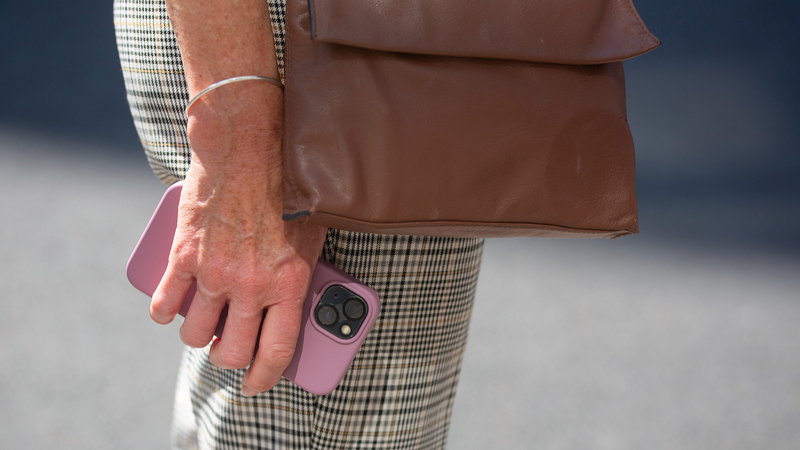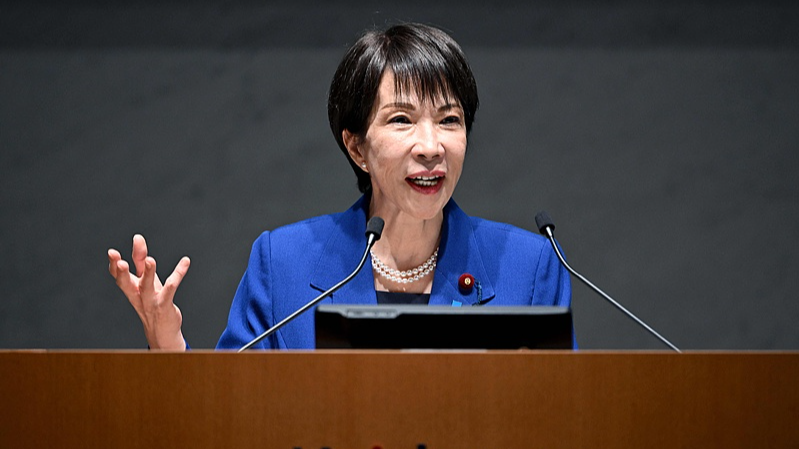The Asia-Pacific region is on track to see its population aged 65 and older swell to more than 900 million by 2050, according to a recent report on APEC members. This shift poses challenges – from strained healthcare systems to social isolation – but also opens the door to a wave of innovation in digital care.
Across the region, governments and startups are harnessing age-friendly technologies to keep seniors active and connected. Imagine wearable sensors that track mobility and alert caregivers in real time, telehealth platforms that deliver check-ups to remote villages, and virtual reality programs that combat loneliness with immersive social experiences.
Early data points to promising outcomes: pilot telemedicine services in rural areas have cut travel times for medical consultations by up to 70%, while AI-powered monitoring systems are reducing hospital readmissions by 30%. Meanwhile, community-driven digital literacy workshops are empowering older adults to navigate apps that support mental well-being and social networking.
For business and tech innovators, the silver economy presents a market estimated in trillions of dollars. Thought leaders emphasize sustainability and inclusivity in designing these tools, ensuring they respect cultural nuances and universal human values. As digital-savvy young professionals collaborate with social entrepreneurs and policymakers, the stage is set for solutions that boost both economic growth and quality of life.
From accelerated adoption of smart home devices to partnerships between telehealth providers and local NGOs, the story of age-friendly tech in the Asia-Pacific is just beginning. By blending data-driven insights with human-centered design, APEC members are shaping a future where aging populations thrive – physically, mentally, and socially.
Reference(s):
Age-friendly tech rolled out to boost the well-being of the elderly
cgtn.com


